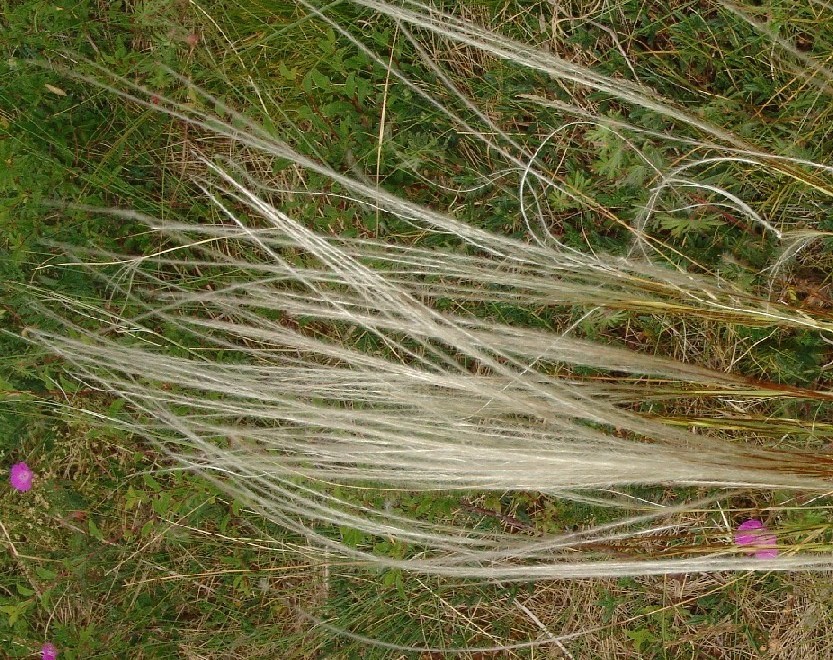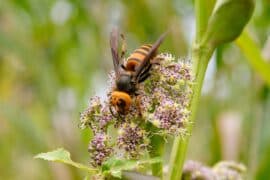Golden feather grass
(Stipa pulcherrima)

Description
Stipa pulcherrima, golden feather grass is a bisexual flowering plant in the family Poaceae. It is 40–100 centimetres (16–39 in) high while its eciliate membrane is 5–7 millimetres (0.20–0.28 in) long. It leaf-blades are erect, conduplicated, and sometimes ascend. They are 20–40 centimetres (7.9–15.7 in) long and are 1–1.5 millimetres (0.039–0.059 in) wide with smooth surface which can also be scaberulous and glabrous. The panicles are smooth and contracted. Also they are elliptic and 10–15 centimetres (3.9–5.9 in) in length. They bear a few spikelets which are glabrous or ciliate and can range from 45–70 millimetres (1.8–2.8 in) in length. Compressed spikelets have only 1 floret which doesn't have rhachilla extension. It floret callus is elongated, bearded, pungent, straight, curved and is 3–4 millimetres (0.12–0.16 in) in length. It glumes are similar to the fertile spikelet. The lower glume is 60–80 millimetres (2.4–3.1 in) long and is lanceolate. The upper glume is also lanceolated and is 40–70 millimetres (1.6–2.8 in) long. Stipa is a genus of around 300 large perennial hermaphroditic grasses collectively known as feather grass, needle grass, and spear grass. They are placed in the subfamily Pooideae and the tribe Stipeae, which also contains many species formerly assigned to Stipa, which have since been reclassified into new genera. Many species are important forage crops. Several species such as Stipa brachytricha, S. arundinacea, S. splendens, S. calamagrostis, S. gigantea and S. pulchra are used as ornamental plants. One former species, esparto grass (Macrochloa tenacissima), is used for crafts and extensively in paper making. It is a coarse grass with inrolled leaves and a panicle patterned inflorescence. Species of the genus Stipa can occur in grasslands or in savanna habitats. Certain specific prairie plant associations are dominated by grasses of the genus Stipa, which genus often lends its name to the terminology of some prairie types. In some areas of the western United States grasses of the genus Stipa form a significant part of the understory of Blue Oak savannas, and were even a more important element prehistorically before the invasion of many European grasses.
Taxonomic tree:







